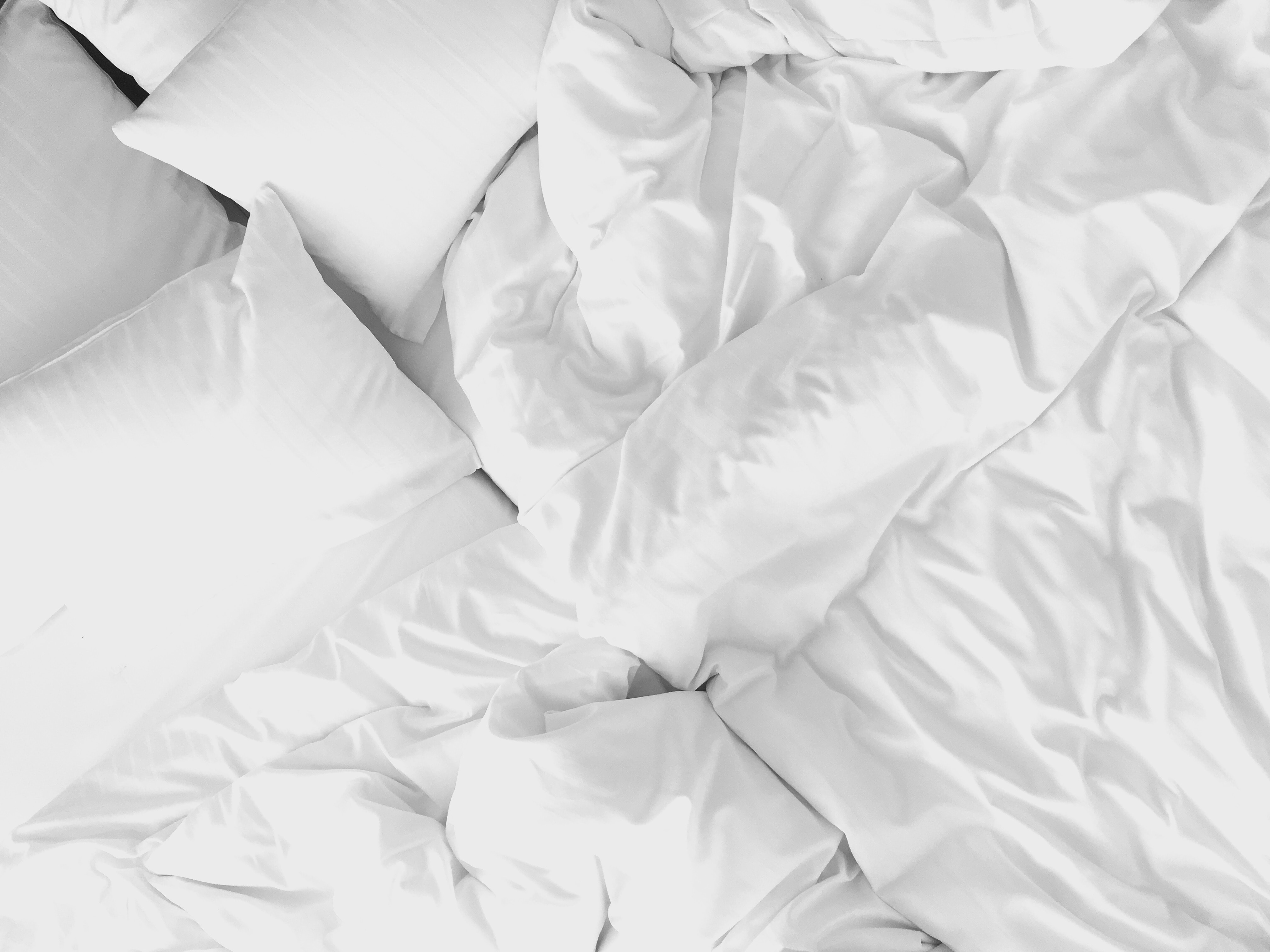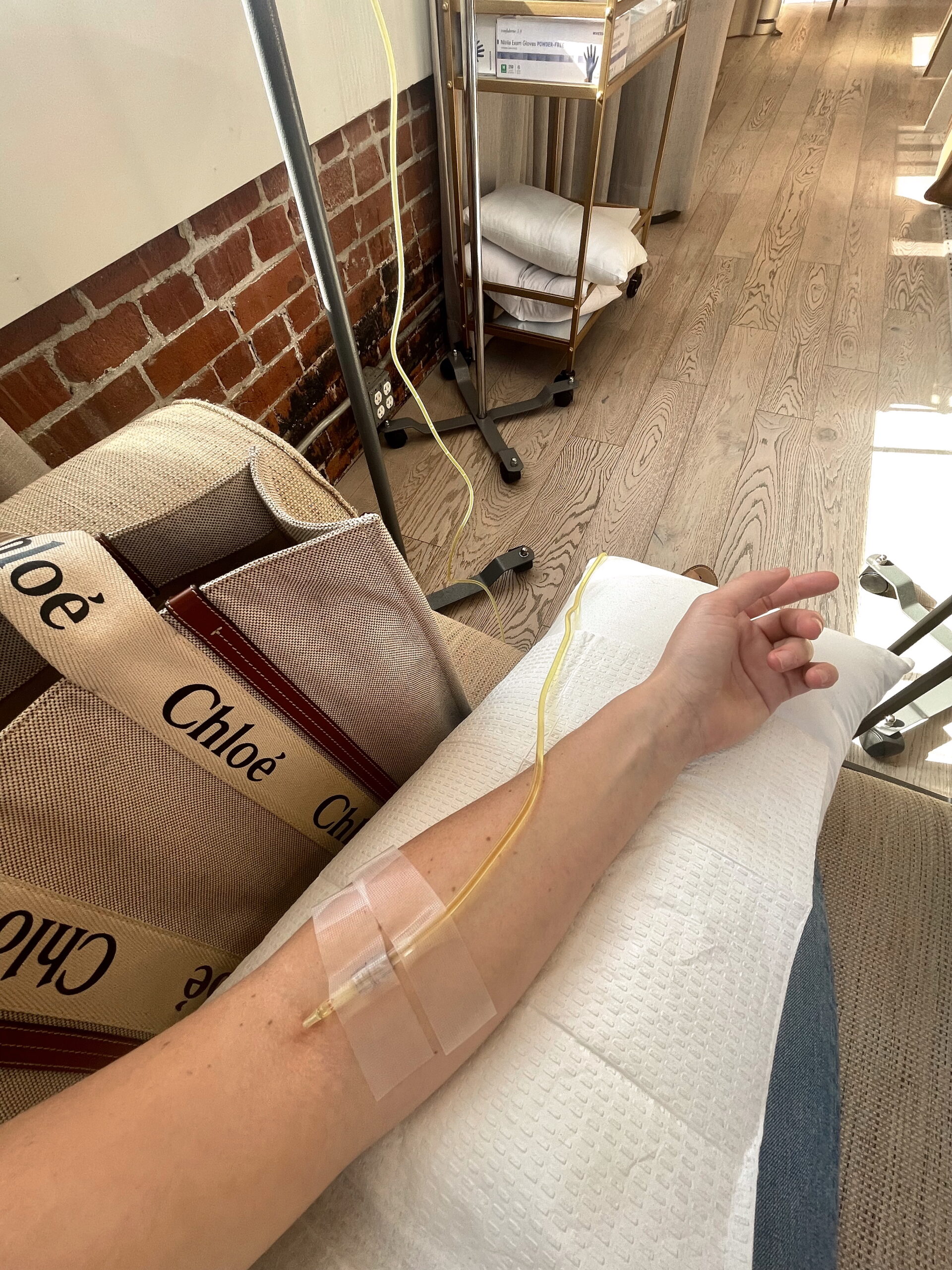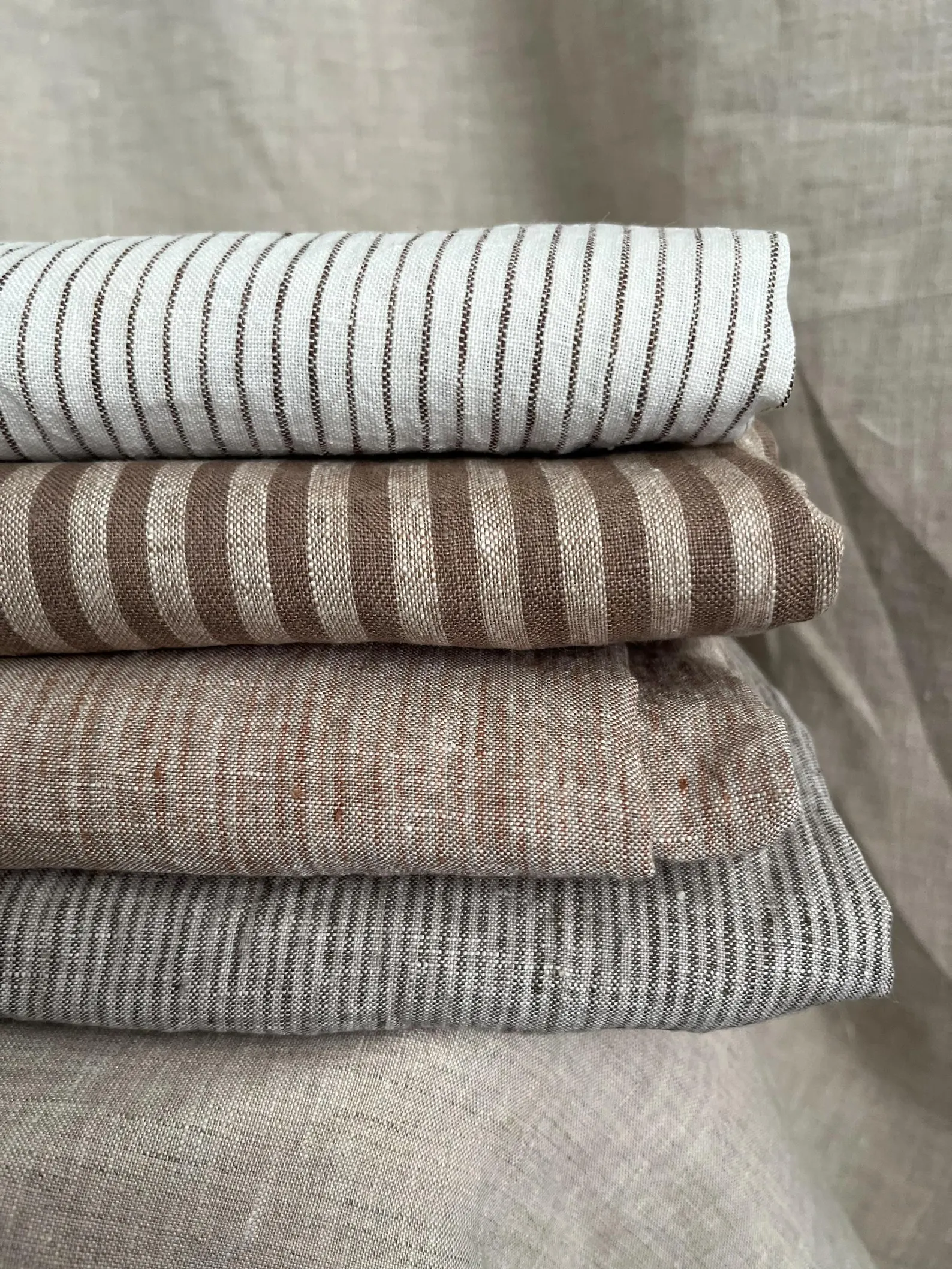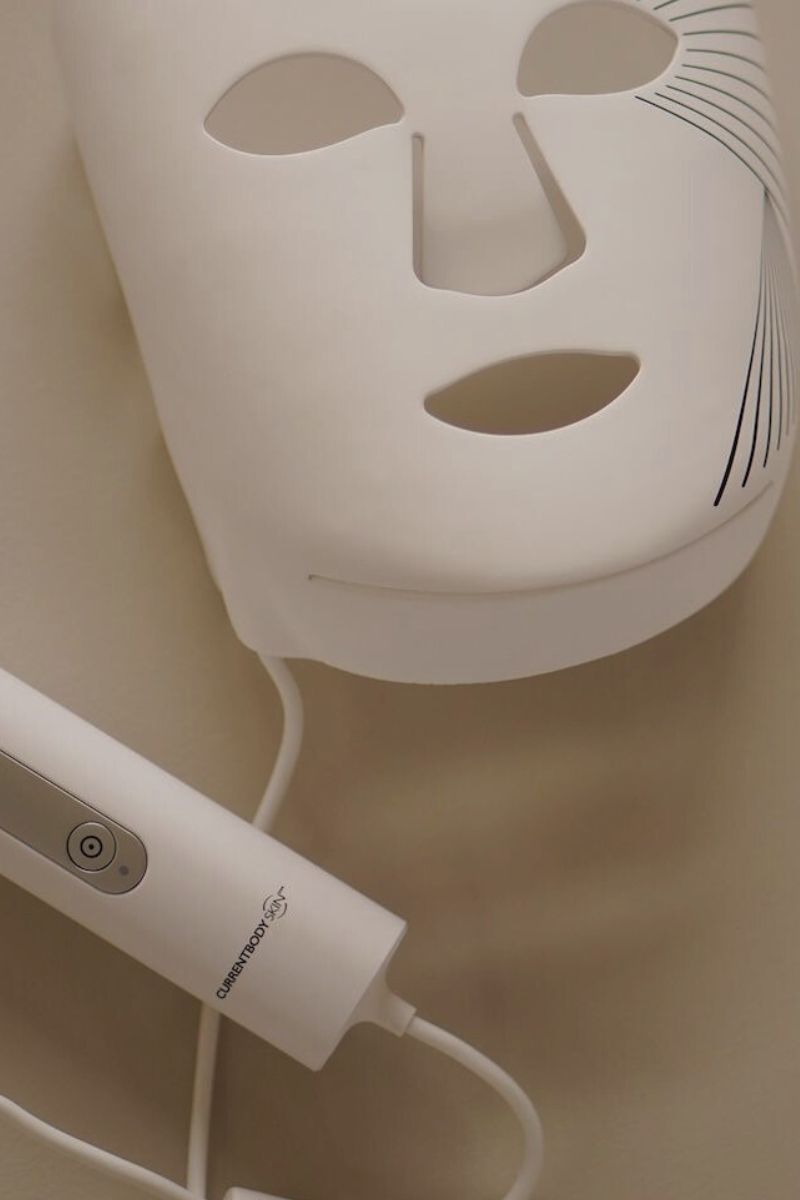in partnership with our friends at Avocado
Purchasing a mattress is a big investment, and even a more important investment for your long-term health. We often just focus on the firmness when picking out a mattress, but have you ever thought of what it’s made of?
I’ll be honest – I haven’t given that one once of thought for over 25 years…
But when I started having frequent asthma attacks when I was at the peak of my Lyme disease, I was informed of what “toxic” look out for in my house- specifically, furniture. At the time, I was 16 years old (and truthfully, I was not concerned about purchasing new furniture – I could barely afford gas for my car). Even so, I was shocked to learn that the majority of mattresses out there are off-gassing harmful chemicals, such as flame retardants, heavy metals, formaldehyde and more. When you consider how much time is actually spent in bed over the years (roughly 26 years in your lifetime!) it makes you question how much time you’re spending inhaling and absorbing some these toxic chemicals.
If this is all news to you, keep reading – here’s your guide on what to look for – and look out for- when purchasing your next non-toxic mattress.
What is chemical off-gassing?
You know that “brand-new” smell thats on furniture, cars, paint and other household items? That’s chemical off-gassing, and it’s one of the biggest mattress concerns to be aware of. Chemical off-gassing is the slow “leaking” of chemicals and VOC’s into the air. This is specifically an issue with memory foam mattresses or mattresses made of polyurethane and other synthetics.
What chemicals are found in mattresses, and how can they affect me?
During the production cycle, many manufacturers use harsh chemicals that are harmful to breathe in and often trigger allergic reactions to the skin. Some frequently used chemicals include:
Petroleum-based chemicals: Polyurethane foam is derived from petroleum. This type of foam is known to off-gass and may cause serious respiratory irritation, especially to those who already have chemical sensitivities or other respiratory conditions.
Chemical flame retardants: One of the more serious culprits found in most mattresses. Back in 2007, the U.S. Consumer Product Safety Commission brought out a new federal guideline standard to ensure that mattresses are able to withstand a minimum of 30 minutes of exposure to an open flame. The sad truth is that some frequently used retardants don’t even work well at stopping fires. Chemical flame retardants are linked to developmental disorders in infants and children, cancer, hormone disruption and adverse effects on the immune system.
Heavy Metals: Antimony (a heavy metal similar to arsenic) is often found in mattresses and may be carcinogenic. This report suggests that there’s a correlation between the antimony released from PVC and antimony toxicity in liver of infants + SIDS.
Pthalates: Known to damage the liver, kidneys, lungs and reproductive systems in both children and adults. Phthalates can be absorbed through the skin and can be inhaled. They’re frequently found in perfumes and cosmetics because they “cling” to the skin and nails to give perfumes, hair gels and nail polishes more staying power.
PVC or vinyl covers: These are known to cause damage developing reproductive systems.
Formaldehyde: The constant exposure to formaldehyde leads to an array of health hazards – click here for the run-down.
What materials are non-toxic mattresses made of?
Non-toxic mattresses often contain a combination of natural, organic materials, and should have the certifications to prove it. Some safe mattresses include:
100% natural latex
Latex is a renewable material made from rubber tree sap, and unlike polyurethane, latex is less likely to emit high levels of VOCs. It is also highly resistant to mold and dust mites, and is more durable than petroleum-based foam. Natural latex mattresses are increasingly easy to find at reasonable prices.
Organic Cotton
Organic cotton is grown in untreated fields without pesticides, and we use it for covers on all of our pillows, plus our kids pillows and mattresses.
New Zealand Wool
A natural and sustainable material, the benefits of wool are endless. It wicks away moisture, acts as a natural fire barrier, and regulates body temperature, keeping you cool when it’s hot and vice versa.
Silk + Cashmere blend
This blend helps regulate temperature by keeping your mattress breathable, and also repels moisture to prevent mold and mildew.
Woven Silica Sand Layer
Specifically designed for fire protection, silica sand layers stop flames without the need of harmful chemicals.
What should I look for when purchasing a mattress?
Good certifications to look for:
- CertiPUR-US: For this certification, the mattress must be made without ozone depleters, PBDEs, TDCPP or TCEP (“Tris”) flame retardants, without mercury, lead and heavy metals, formaldehyde, and low VOC emissions for indoor air quality (less than 0.5 parts per million).
- Global Organic Textile Standard, or GOTS: In order to receive GOTS certification, the mattress cannot be made of polyurethane foam or contain a number of hazardous chemicals. Look for the Global Organic Latex Standard, or GOLS certification for organic latex.
What about mattress and pillow covers?
Mattresses and covers that are made of PVC or vinyl tend to emit high amounts of of phthalates, aka those highly-absorbable chemicals that affect the reproductive system. When choosing a mattress cover, opt for a waterproof mattress cover made of polyurethane laminate, or PUL, fabric or polyethylene.
The verdict: what you sleep on matters, a lot.
As our living environments becomes more toxic, shifting our attention to with what we put in, on, or near our bodies has become significantly more important. It’s always a good rule of thumb to focus on things that you use frequently, and your bed and sleeping environment are no exception. Sleeping in an environment that promotes detoxification will make a drastic improvement in your long-term health. In my opinion, it’s worth the health investment to consciously purchase a non-toxic mattress for you and your family to ensure a safe sleeping environment that promotes detox rather than re-tox.






Comments +